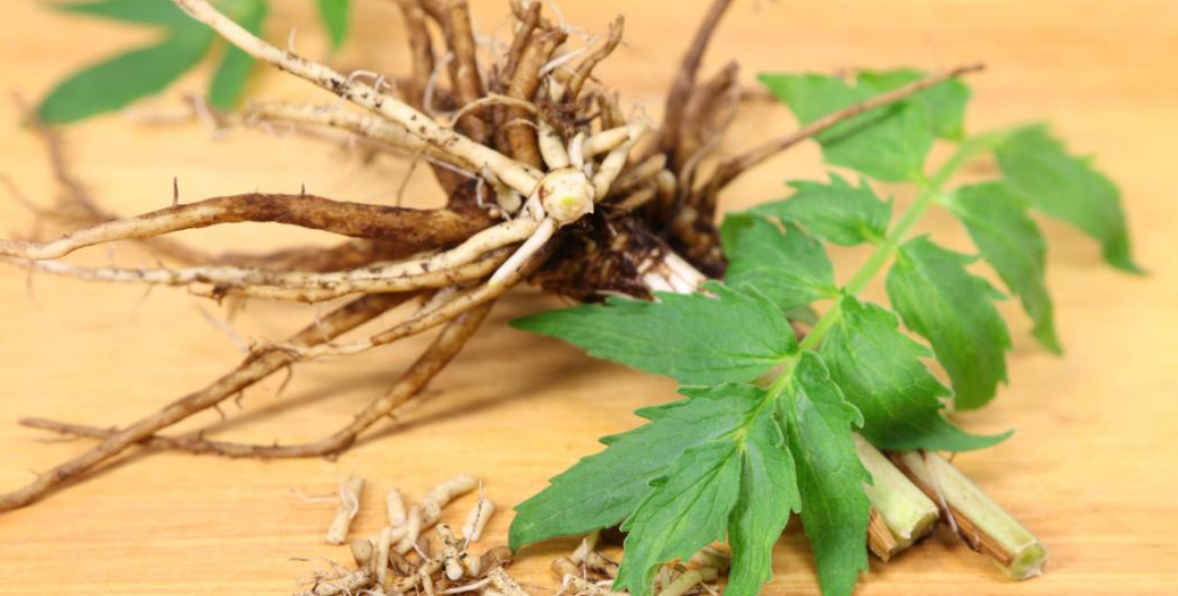 Matcha, the “jade drink,” appeared in China in the 10th Century and by the 12th Century it was imported to Japan. In China, by that time, it was almost forgotten, but in Japan it became a very popular part of the tea drinking culture. For one thing, it is a powerhouse of antioxidants and contains L-theanine, which helps relax the mind, enhance mood, focus, and alertness.
Matcha, the “jade drink,” appeared in China in the 10th Century and by the 12th Century it was imported to Japan. In China, by that time, it was almost forgotten, but in Japan it became a very popular part of the tea drinking culture. For one thing, it is a powerhouse of antioxidants and contains L-theanine, which helps relax the mind, enhance mood, focus, and alertness.
Cultivation and preparation require special methods. Several weeks before the harvest the leaves are covered to hide them from direct sunlight. This makes them more tender and juicier, less bitter, and richer in amino acids. The young leaves are harvested while still tender and then dried, stems removed, and made into a powder. Production is very limited.




